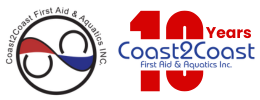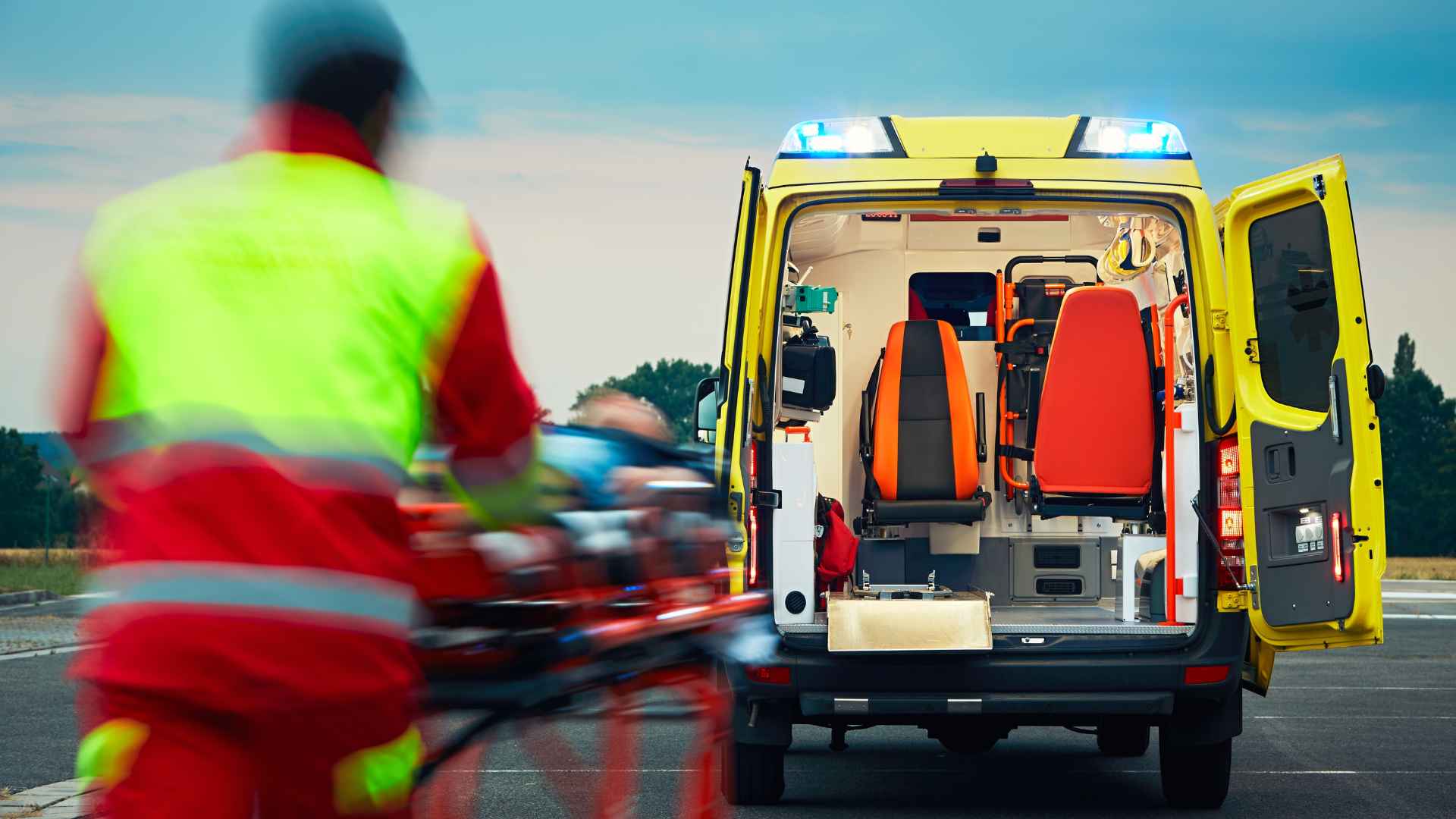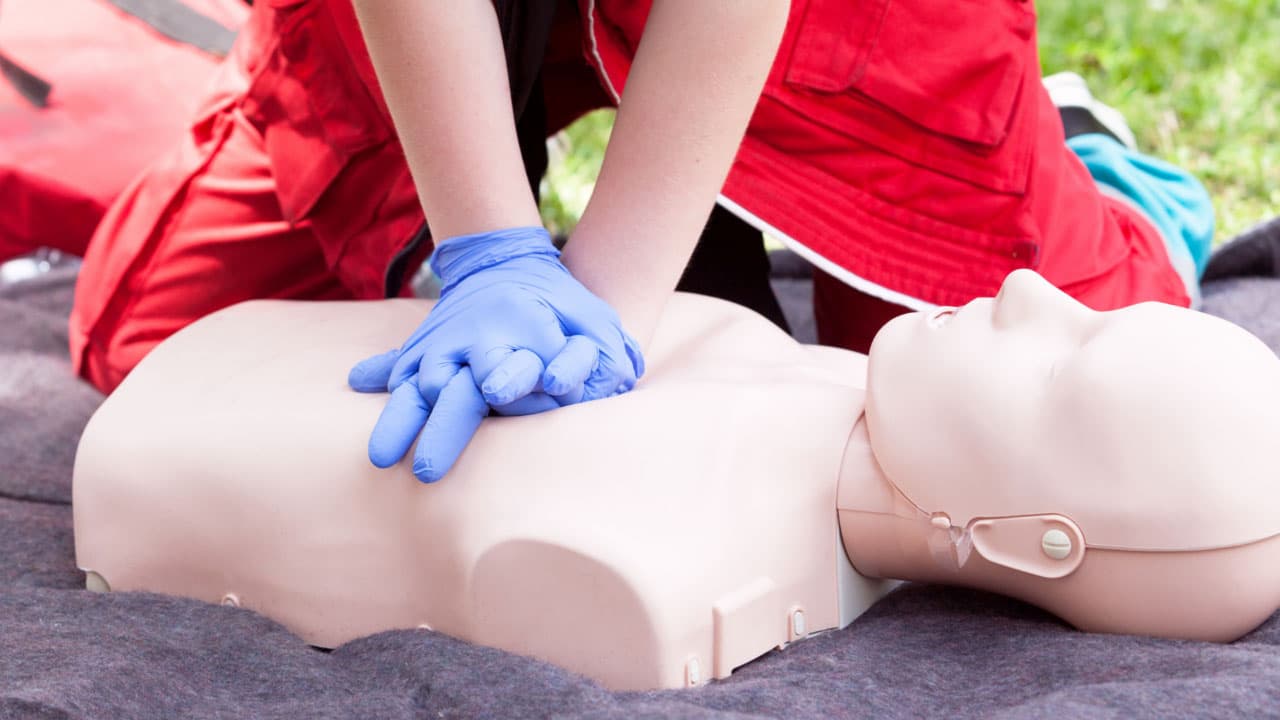Increased awareness to health risks and a growing popularity of healthy living inspired many people to adopt a routine of regular physical exercise. While some sports require special equipment to exercise properly, like a swimming or weightlifting to name a few, running does not require anything besides a strong will and decent running shoes.
Running is More Than an Activity, it’s a Technique
Brampton has a strong culture of running, jogging and hiking. There are many people who care strongly enough about their bodies to get up from bed at 6 am for their morning exercise routine. At the same time, running – like every other form of exercise – has to be done right if you are to avoid muscle cramps or a heart seizure.
We need to have an understanding of some aspects of running, namely the changes our body undergoes when it shifts from mild activity to running.
Physical stress works in a manner similar to what happens when we get scared or angry – our body switches modes from “rest and digest” to “fight and flight”. When that happens, our body starts to pump adrenaline, a stress hormone. This hormone allows several changes to occur in our system, adapting our body to a new regimen:
- An increased blood pressure and an increased heart rate, since our lungs will demand much more oxygen in comparison to walking or standing still.
- An increase in muscle contraction rate (tonus), which is also a necessary adaptation for running.
From Theory to Practice
All of this knowledge is important but insufficient for when you come across a person who falls in mid run and passes out. If you are unprepared, the only thing you can do is stand and gape, or call for help at the very best. You and the injured person will be in luck if there’s someone around who can help by administering CPR and First Aid.
The delay may prove crucial however, and often even fatal. While you wait for someone to arrive, the damage and risk rate is rapidly increasing. This is why it’s crucial for everyone and especially people who run and engage in other stressful physical activity to go and enroll in a CPR and First Aid course, such as the one we have in Brampton.
This is the only way to be sure there’s always a person around who knows CPR and First Aid – to be that person. Enroll in our Brampton CPR and First Aid course and be ready to save lives.





